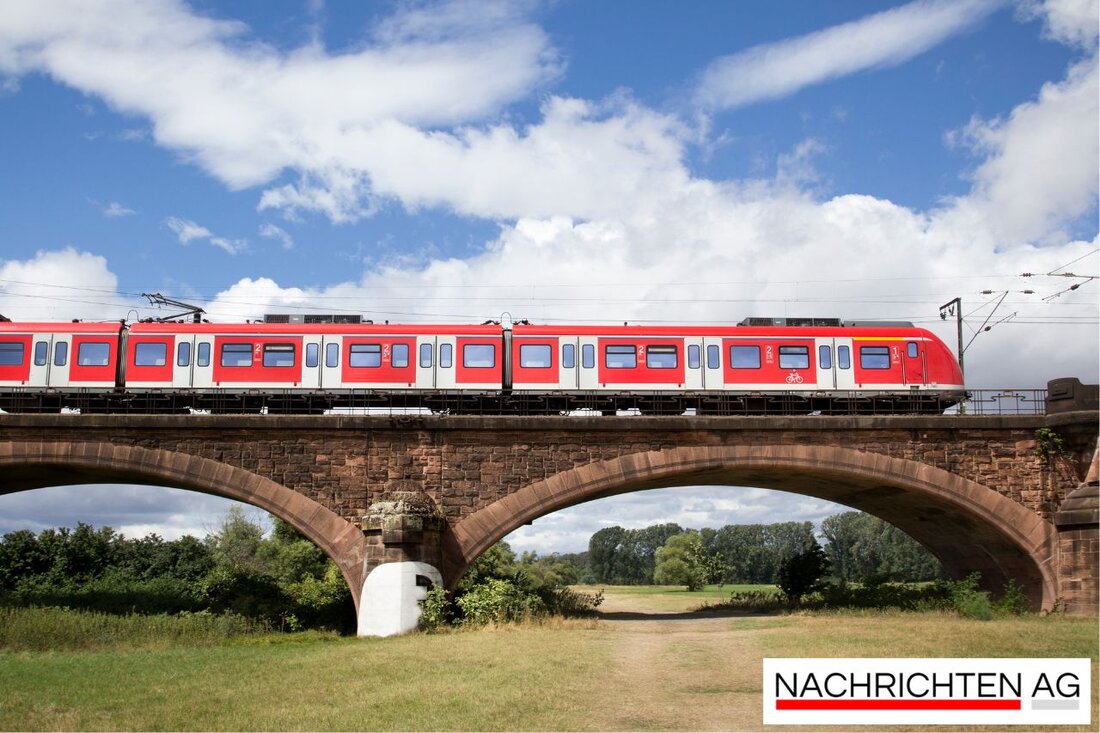Ghost buses replacing rails: Does Hamburg really need 180 articulated buses?
The rail replacement service between Hamburg and Berlin from August 2025 raises questions about passenger numbers, costs and alternative mobility solutions.

Ghost buses replacing rails: Does Hamburg really need 180 articulated buses?
In recent weeks, large articulated buses have been active in rail replacement services in Hamburg. This huge array of buses is part of a fleet totaling 170 vehicles and is being used because the rail line between Hamburg and Berlin is closed for nine months. These extraordinary steps were necessary to ensure that passengers could still be transported during the construction work and the main line is being rerouted accordingly. The buses are often empty because many train commuters have switched to cars. There are only a few passengers in the vehicles, which raises questions: Is this massive mobilization campaign really necessary? Northern Courier reports that the low utilization of buses is fueling the discussion about reducing routes actually used. A sensible solution could be the introduction of on-call buses in the LUP district, which should be considered as a cost-effective alternative.
The closure of the Hamburg-Berlin railway line, which has been in force since August 2025, affects not only long-distance traffic, but also regional traffic. Up to 180 buses are in use on a total of 26 bus routes and the daily mileage of this bus fleet is an impressive 86,000 kilometers. Deutsche Bahn already provided information on replacement services in February and published an overview map so that passengers can orientate themselves better. These developments are a clear sign of efforts to maintain traffic flow despite the diversions. German railway
Public transport in Germany
A review of the general situation in local public transport in Germany shows positive trends. The number of passengers in public transport has been increasing since 2022, which may also be spurred on by recent developments in rail transport. Buses and trains transport around 26 million passengers every day. Public transport saves an average of 18 million car journeys per day. In 2023, more than 82 billion passenger kilometers were traveled by member companies of the Association of German Transport Companies (VDV). VDV
But public transport goes beyond just transporting people. It plays a central role in the mobility transition and in reducing greenhouse gas emissions. Thanks to its services, we save around 10 million tons of CO2 every day; Every single kilometer of public transport reduces emissions by an average of 95 grams. Public transport also has a lot to offer economically: the value created by the sustainable mobility economy is estimated at around 118 billion euros, with every euro invested generating an additional 2.40 euros.
These developments and figures make it clear: good connections to cities and communities via public transport are essential, even in times like these. Although rail replacement may cause temporary inconvenience, the overall goal is to maintain population mobility while contributing to reducing emissions.

 Suche
Suche